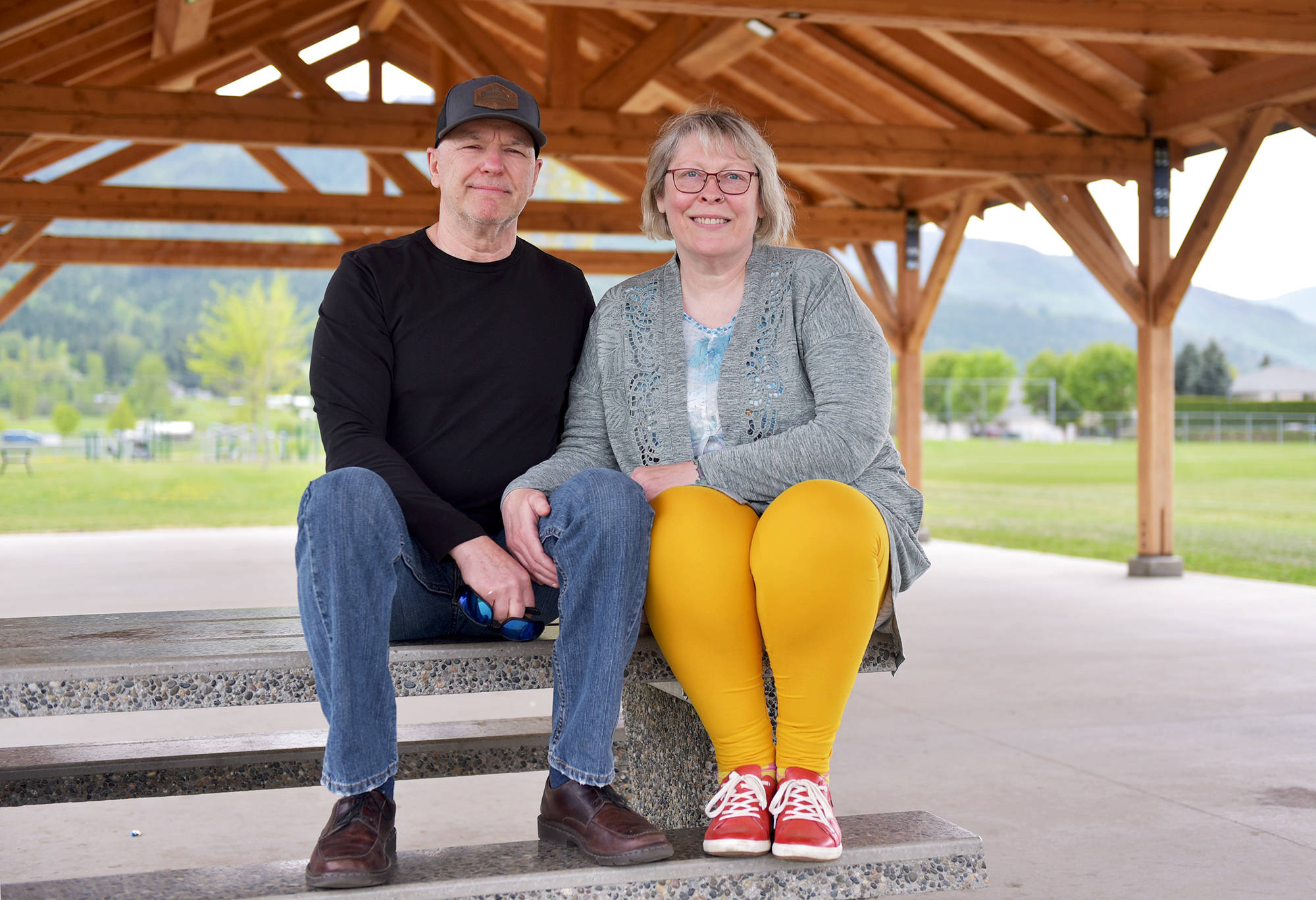When the time arrived this year for licensed medical cannabis growers Laura and David Wilkinson to renew their home insurance, they were in for a rude awakening.
The Salmon Arm couple was licensed by Health Canada on Feb. 23, 2020, to grow up to 37 cannabis plants indoors and 10 outdoors, for medical purposes.
When they went to renew their home insurance, which lapsed on April 25, 2021, they were informed that because they were growing more than four plants, there was no residential insurance option available to them.
Their only avenue was insurance options available to commercial growers, which the Wilkinsons said will cost 30 to 40 per cent more.
“They have a very limited box and if you don’t fit into it, well, too bad for you. You need to go commercial and they need to find another product for you,” explained Laura.
“We’re being punished because we’re sick.”
Both happy to speak openly about their growing and use of cannabis for medical purposes, the Wilkinsons explained their plants are grown in their basement, inside high-tech tent systems that are self-contained with their own temperature and humidity controls.
The tents are safely vented outdoors.
The couple stressed this method cannot be compared to illegal in-home grows of the past that was often accompanied by mould and electrical issues.
“Most of us have this type of setup because it’s easy and there’s no damage to the house,” said Laura.
The Wilkinsons tried another insurance provider in Vernon and found the same roadblock.
At the recommendation of Shuswap MLA Greg Kyllo, they contacted the Insurance Bureau of Canada.
The Wilkinsons said they were put in touch with an assessment manager who said they were among the first to raise the insurance issue.
When asked what options there are for the Wilkinsons and others in their position, an Insurance Bureau of Canada spokesperson explained by email that although it is legal for them to grow their own medicine, home cultivation of more than four cannabis plants creates concerns for potential electrical fires, water damage and mould.
In response, each insurer has different underwriting rules to assess these risks.
There are, however, “high risk” property insurers who will insure what is considered “substandard” or “high-risk business” for “an appropriate premium.”
While they could afford to go the commercial insurance route, the Wilkinsons would rather not have to.
Furthermore, they suspect there are other licenced medical cannabis growers who couldn’t afford it, and/or are in the situation where they believe their current home insurance has them covered, though it doesn’t.
“Which means there are thousands of other people like us for whom it’s going to be a rude awakening when they go to get their insurance this year and find out they can’t get it,” said Laura.
The Wilkinsons are disappointed with Canada’s insurance industry, which, they argue, is sorely lagging when it comes to assessing real-world risk related to in-home medical cannabis growing since cannabis was legalized in October 2018.
They place some of the blame for this lack of preparedness on the federal government.
“The federal government, when they set up their pot monopoly, didn’t think about anybody else but their own business…,” said David.
By sharing their story, the Wilkinsons hope to warn others who might be in their situation and, ideally, prompt change in the insurance industry.
”I like to call it – because I was in the military for 30 years – usually when you’re having things that are running ahead of everybody else, we call that ‘lead the force,’” said David.
“We are the lead-the-force people in this problem.”

